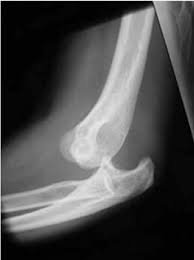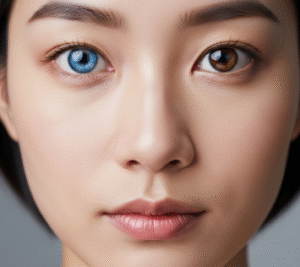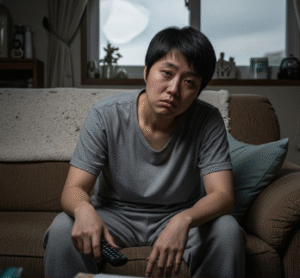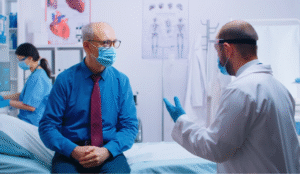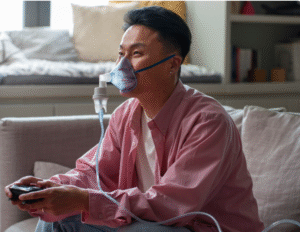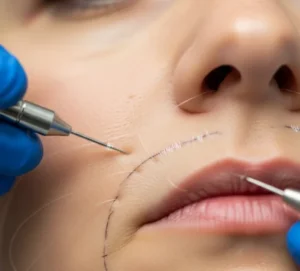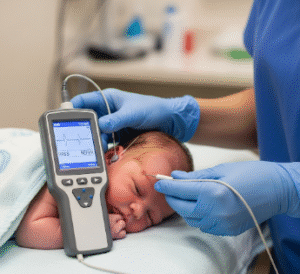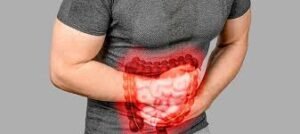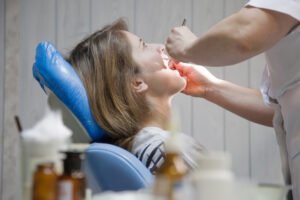Overview
Osteoarthritis (OA) is the most common form of arthritis, characterized by the gradual degeneration of cartilage—the protective tissue at the ends of bones—in joints. This wear-and-tear process leads to joint pain, stiffness, and reduced mobility. Osteoarthritis primarily affects weight-bearing joints such as the knees, hips, and spine but can also involve the hands and other joints. In Korea, osteoarthritis is widely managed through a combination of medical treatments, physical therapy, and advanced minimally invasive procedures offered at specialized orthopedic centers.
What is Osteoarthritis?
Osteoarthritis is a chronic joint disorder caused by the breakdown of cartilage, leading to bones rubbing against each other, inflammation, and joint damage. Unlike inflammatory arthritis (e.g., rheumatoid arthritis), OA is primarily a degenerative disease linked to aging, joint injury, and mechanical stress. The disease progresses slowly, often over years, causing symptoms that affect daily life and physical function.
Symptoms
Common symptoms of osteoarthritis include:
- Joint pain that worsens with activity and improves with rest
- Stiffness, especially after periods of inactivity or upon waking
- Swelling and tenderness around affected joints
- Reduced range of motion and joint flexibility
- A sensation of grinding or clicking during joint movement
- Formation of bone spurs (osteophytes) near the joint
Causes
Osteoarthritis results from multiple factors that contribute to cartilage deterioration, including:
- Aging and natural wear-and-tear on joints
- Previous joint injuries or surgeries
- Joint overuse or repetitive stress from occupational or athletic activities
- Genetic predisposition to cartilage weakness
- Obesity, which increases mechanical load on weight-bearing joints
Risk Factors
Factors that increase the risk of developing osteoarthritis include:
- Advanced age (more common after age 50)
- Female gender (especially after menopause)
- Obesity and overweight status
- Joint injuries or repetitive joint strain
- Family history of osteoarthritis
- Certain metabolic diseases and bone deformities
Complications
If untreated or poorly managed, osteoarthritis can lead to:
- Chronic joint pain and disability
- Reduced physical activity and muscle weakness
- Joint deformities and loss of function
- Increased risk of falls due to impaired mobility
- Mental health challenges such as depression related to chronic pain
Prevention
While aging cannot be prevented, osteoarthritis risk and progression can be minimized by:
- Maintaining a healthy weight to reduce joint stress
- Regular low-impact exercise to strengthen muscles and improve joint flexibility
- Avoiding repetitive joint injuries and practicing proper body mechanics
- Managing underlying health conditions such as diabetes or gout
- Early treatment of joint injuries and symptoms to prevent progression
Treatment Options in Korea
Korea offers a wide range of effective osteoarthritis treatments, including:
- Medications: Pain relievers (acetaminophen), NSAIDs, and topical analgesics
- Physical therapy: Exercises to improve strength, flexibility, and balance
- Injections: Corticosteroids or hyaluronic acid to reduce inflammation and improve joint lubrication
- Minimally invasive procedures: Arthroscopic surgery to clean damaged cartilage or repair joint structures
- Joint replacement surgery: For advanced cases, total or partial joint replacement with high success rates at specialized Korean orthopedic centers
- Complementary therapies: Acupuncture, herbal medicine, and lifestyle counseling are commonly integrated into care plans
Leading hospitals and clinics in Korea use advanced imaging and personalized treatment plans to optimize outcomes, improve quality of life, and help patients maintain active lifestyles.



